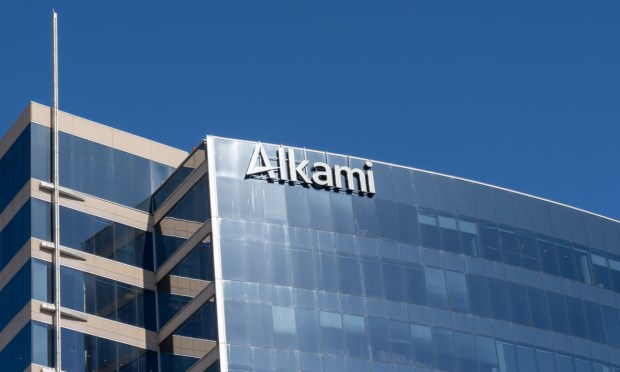
Digital banking solutions provider Alkami is offering clients access to Plaid’s application programming interface (API).
The new offering, announced Thursday (Nov. 9) lets Alkami’s financial institution (FI) clients benefit from the API from Plaid, whose data network that powers more than 8,000 financial services and apps.
“This is a first-to-market partnership with Plaid for Alkami where a majority of financial institutions are live, and Alkami is the first and largest major platform fully live on Plaid’s FDX-aligned API, Core Exchange,” Alkami said in a news release.
Alkami argues that collaborations between technology providers like itself and platforms such Plaid will be crucial to quickly scaling secure and reliable financial data sharing, with minimal technical effort or resourcing.
“This integration is also a major validator for digital banking API adoption, and we are proud to be the first and largest major platform to be fully live on the FDX-aligned API, as we know that this implementation will only become more critical in our industry,” said Melissa Henricks, vice president, product management at Alkami.
“This new, seamless access to a range of innovation-driving offerings from Plaid will support our bank and credit union clients as they strive to compete with emerging FinTechs, big tech and megabanks.”
According to the release, Alkami’s FI clients can use the API to deliver reliable user experiences to end account holders, who can link their accounts to Alkami. These “users also benefit from a highly secure API connection and Alkami-powered financial institutions benefit from reduced friction, resulting in lower call center volume,” the release said.
PYMNTS spoke recently with Plaid’s head of payments John Anderson, about the way the evolution of FinTechs and embedded finance has opened the door to innovative applications.
“There are these amazing flywheels, or network effects, of consumers becoming more comfortable connecting and using FinTech experiences and open finance apps, trusting those services. And the user experience is becoming more native and more comfortable to people as they use it more and more often, which is increasing trust and reducing barriers to adoption,” Anderson said.
These trends are being helped along by advances in payment networks and money movement ecosystems, he added, enhancing the way move is moved, improve security and enhance the user experience.
“As things become easier, you realize how finances are threaded across your day-to-day life,” Anderson said. “Then, when friction comes down and things become safer and more secure, all these use cases and experiences, like walking into a bank or applying for a loan, suddenly and seamlessly become part of your day-to-day life.”